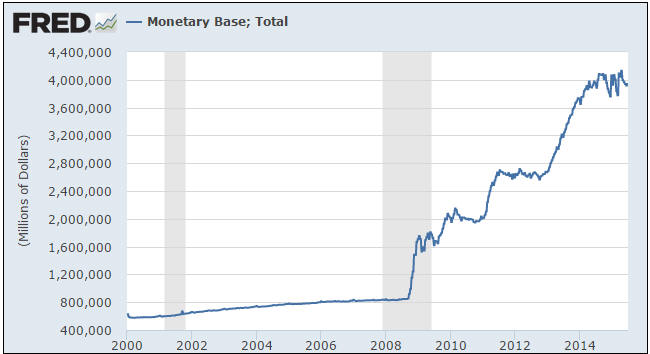In numerous TSI commentaries over the years I’ve written about the confusion in the minds of many analysts regarding what constitutes gold supply and the relationship between supply, demand and price in the gold market. I’ve also covered the issue several times at the TSI Blog, most recently on 24th June in the post titled “More confusion about gold demand“. I’m not going to delve into this subject matter again today other than to use the example of last Monday’s trading in GDX (Gold Miners ETF) shares to further explain a point made in the past.
On Monday 20th July the GDX price fell by about 10% on record volume of 170M shares. Since every transaction involves both a purchase and a sale, more GDX shares were bought last Monday than on any other single day in this ETF’s history. And yet, this massive increase in buying occurred in parallel with a large price decline. How could this be?
Obviously, the large price decline CAUSED the massive increase in buying. Many holders of GDX shares were eager to get out and the price had to fall as far as it did to attract sufficient new buying to restore the supply-demand balance.
It’s normal for large and fast price declines in the major financial markets to be accompanied by unusually-high trading volumes, meaning that it’s normal for large and fast price declines in the major financial markets to be accompanied by increased BUYING. Most people understand this. So why is it held up as evidence that something nefarious is happening whenever an increase in gold buying accompanies a large decline in the gold price?
I can only come up with two plausible explanations. One is that many analysts and commentators switch off their brains before pontificating about gold. The other is that the relationship between gold supply, demand and price is deliberately presented in a misleading way to promote an agenda. I suspect that the former explanation applies in most cases, meaning that in most cases there’s probably more ignorance than malice involved.
 Print This Post
Print This Post


